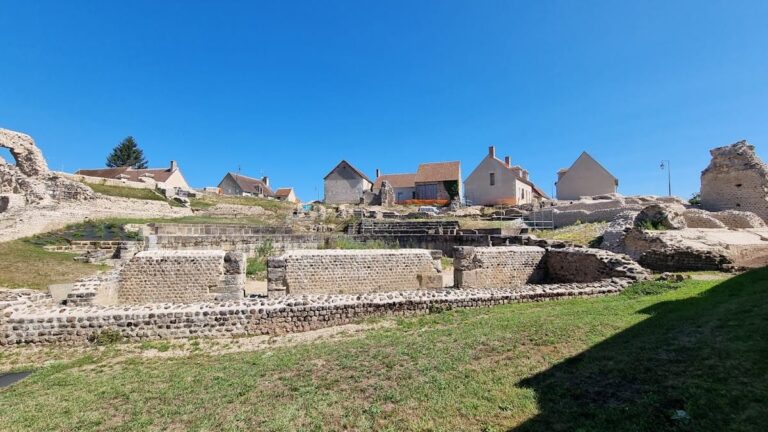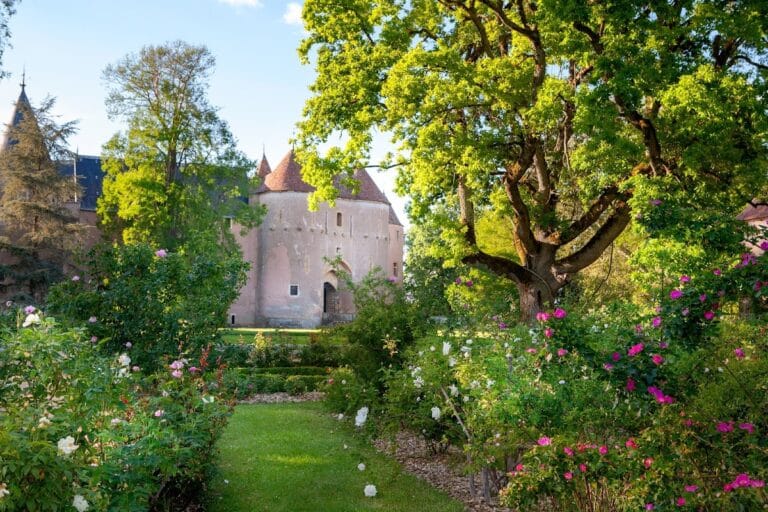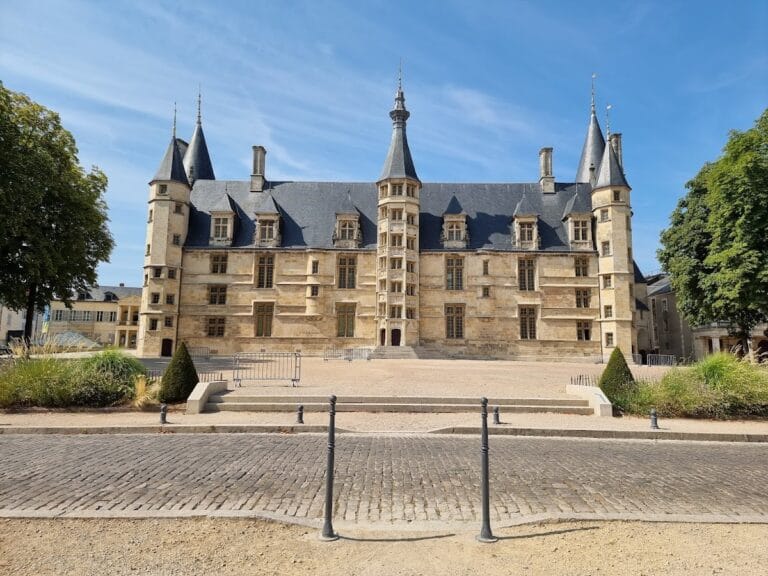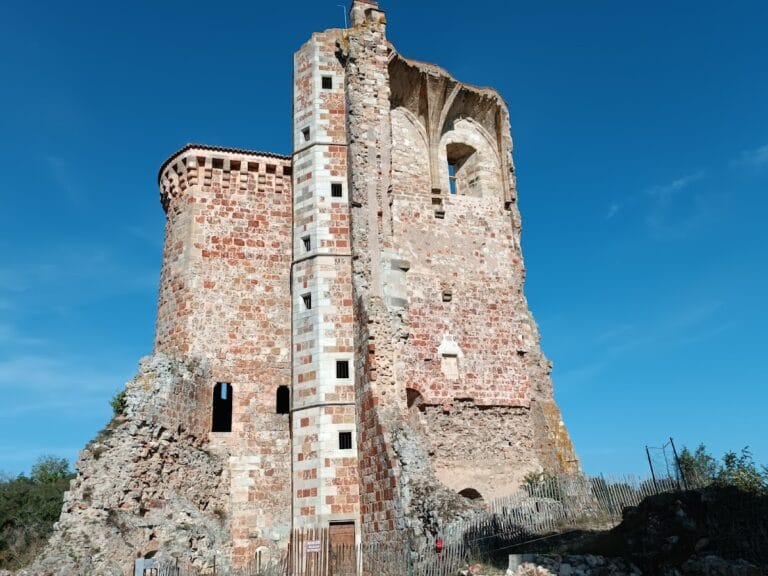Castle of Sagonne: A Historic Fortress in Central France
Visitor Information
Google Rating: 4.3
Popularity: Low
Google Maps: View on Google Maps
Official Website: www.chateausagonne.com
Country: France
Civilization: Medieval European
Remains: Military
History
The Castle of Sagonne is situated in the commune of Sagonne, within the Cher department of central France. It lies on the historic boundary between the provinces of Berry and Bourbonnais. The site originally served as an oppidum, a fortified settlement, located along a Roman road that connected Lyon to Bourges through Autun. The earliest written record dates back to 832, when Wicfried, Count of Bourges, granted the domain to his daughter Agane as part of her marriage dowry.
During the 14th century, the castle was constructed to oversee the route from Bourges to Sancoins. At this time, the defensive dry ditches were replaced by water-filled moats, enhancing the fortification. The lordship of Sagonne was historically linked to the Counts of Champagne and Blois, and later to the Counts of Sancerre from the 10th century onward. In 1428, Anne de Breuil, heiress of the Sancerre family, married Pierre d’Amboise, a companion of Joan of Arc. The d’Amboise family maintained ownership of the castle until 1542, when Antoinette d’Amboise sold it to Jean Babou.
In the 15th century, the lordship was elevated to a county and passed through several noble families. Among them was Charles de L’Aubespine, who acquired the property in 1632. However, his heir lost the estate due to financial difficulties. In 1699, the celebrated architect Jules Hardouin-Mansart obtained the castle through a feudal right of retraction. Seeking a titled feudal domain to confirm his noble status, Mansart undertook major renovations between 1700 and 1703. These included reversing the main entrance to the east, adding new wings, and constructing a chapel decorated with trompe-l’œil, a painting technique creating optical illusions.
After Mansart’s death in 1708, the castle passed to his son Jacques and then to his grandson Jacques Hardouin-Mansart de Sagonne. Although the grandson restored the castle, he could not fully inherit it due to his illegitimacy. Eventually, ownership transferred to Anne Claude Louise d’Arpajon, a lady-in-waiting to Queen Marie Antoinette. During the French Revolution, the countess was executed by guillotine. The castle suffered pillaging, its roofs were dismantled to recover lead, and the site was repurposed as a quarry and farm.
In 1914, the castle was classified as a historic monument but remained abandoned for decades. Restoration efforts began in 1977, led by descendants of former owners. Today, the medieval sections have been partially rebuilt, while the classical 18th-century parts have disappeared.
Remains
The Castle of Sagonne features a large medieval keep, or donjon, surrounded by remnants of a fortified enclosure. Originally, this enclosure included eight towers and two gates, all encircled by water-filled moats supplied by the nearby Sagonin stream. Defensive elements such as machicolations—openings through which defenders could drop objects—arrow slits, cannon embrasures, murder holes, and grooves for portcullises remain visible. Four towers with sloping bases and vaulted ground floors survive, some partially submerged in the moat.
The courtyard façade mainly dates from the 15th century and retains molded windows and original door moldings. At the building’s ends, openings from the 18th century reflect later modifications. Jules Hardouin-Mansart’s early 18th-century renovations included demolishing the eastern curtain walls to create a grand avenue leading to an entrance courtyard. He added a new wing known as the “aile de Monsieur” and built a symmetrical chapel featuring pink Languedoc marble columns painted with trompe-l’œil effects, inspired by the Grand Trianon.
A large northern building and extensive French formal gardens once extended from the castle. Although often attributed to landscape architect André Le Nôtre, these gardens were designed by Mansart himself. They included an orangery constructed in 1703 and a long tree-lined avenue crossing the moat via two intersecting bridges, serving as the carriage approach. The castle’s roofs, originally covered in the French style, were removed during the Revolution.
The site also encompasses a three-hectare arboretum and gardens inspired by Le Nôtre and Mansart’s followers. These grounds remain privately owned and are accessible to the public for a fee. The medieval parts of the castle have been partially restored, while the classical 18th-century sections no longer exist.










